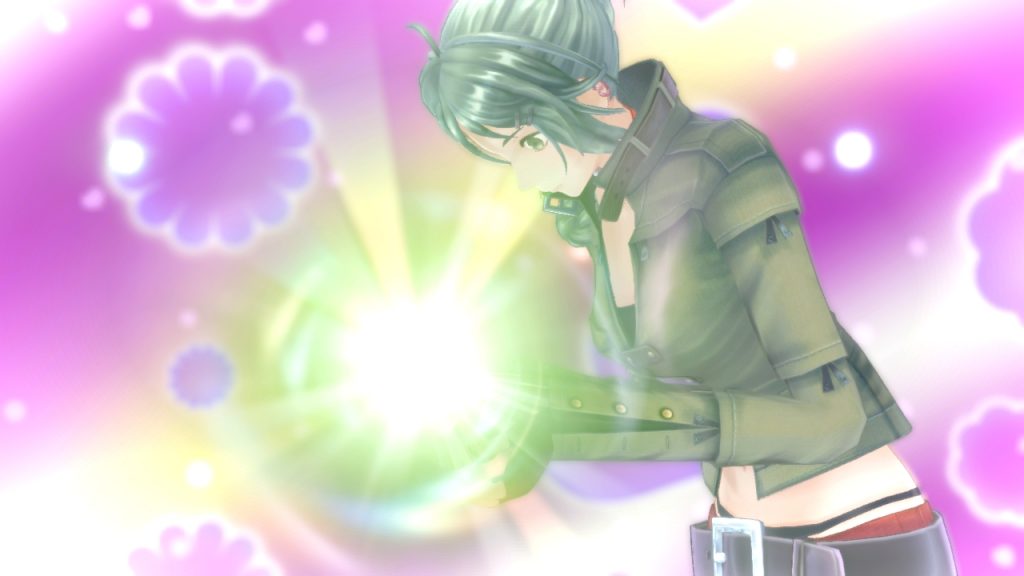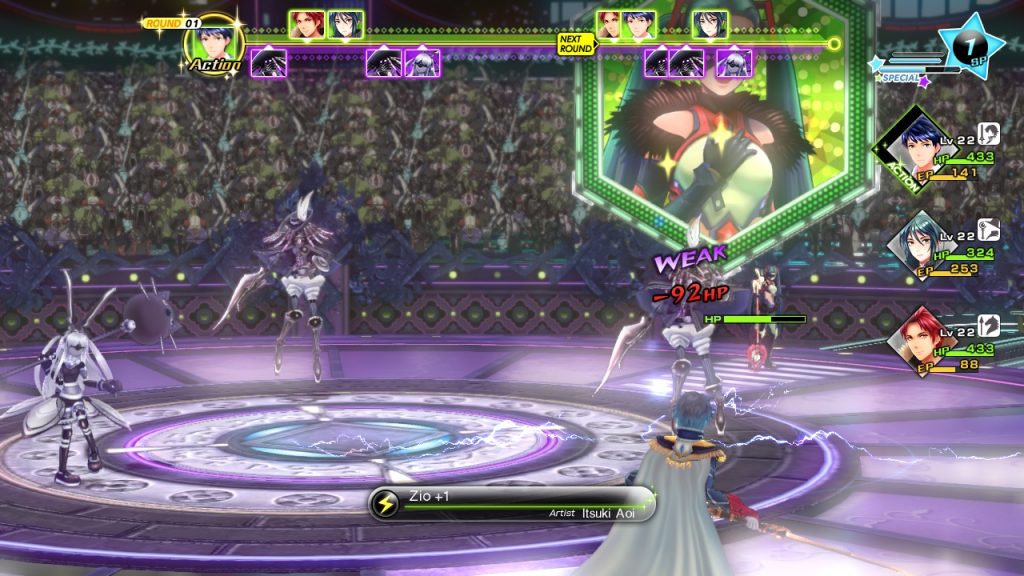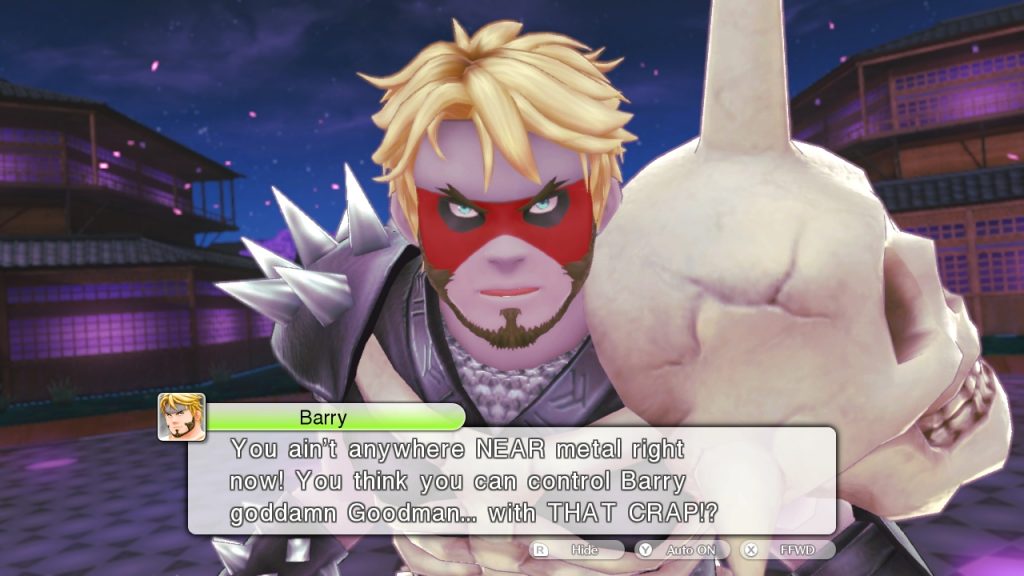Oh is this proper good. Properly proper good. It’s a very Persona-like JRPG (in fact, it’s a spin off from the same series Persona is, so that’s not surprising), and I’m really enjoying it.
I did get a bit hooked on Persona 4 Golden on the Vita a while back, but I never finished it, or even got that far into the game. Two reasons probably contributed to that – it was on the Vita, and I’d got to a bit where Personas could be merged or something and it all got a bit confusing and complicated. Also with Persona 4 there was always the slight worry I’d not finish the game, or at least complete all the side missions and stories, before the in-game year was up. Tokyo Mirage Sessions #FE (the #FE is important, and is “sharp eff ee”, not “hash eff ee”, apparently) fixes all these issues.
At it’s core, it’s the same. You wander round some small areas, talk to people, buy stuff, and so on. Then you do dungeons, which in Persona 4 are accessed by entering the TV, but in Tokyo Mirage Sessions you go through gates that appear in various locations. Inside each of these gates is an Idolasphere, a corrupted realm inhabited by Mirages. Most of them are evil, some are not. So far, so the same as Persona.
However, whereas the Persona system of, erm, Personas (which provide skills and stuff) is a bit complicated, the Performas in this are much simplified. Things you do in the game, items you collect, and foes you defeat provide things you combine with Performas to give you permanent buffs (like higher HP, or ability to withstand one normally fatal hit per battle) called Radiant Unities. Weapons are forged in a similar way, and are called Carnage Unities, and using weapons in battle unlocks new moves and skills. It’s more straightforward than my description suggests, I’m sure.
So where does the #FE come in, you may ask. The sharp presumably references the musical element of the game – your characters (or some of them, anyway) aspire to be Japanese idols. You know, models, singers, that sort of thing, and singing is actually a power in this game. The FE references Fire Emblem, as characters from that game series appear in Tokyo Mirage Sessions as good Mirages that team up with your characters to allow them to have these ridiculous skills and abilities. I think originally there was to be more to the Fire Emblem link than that, but so far that’s as far as it goes.
As I’ve already said, the game itself is so, so good. There’s a great sense of progression as your team and powers level up, and the separate idolaspheres have so far been totally different to each other, and are more than just labyrinthine dungeons: They have puzzles, one way routes, secrets and even their own subquests. It’s a joy to play, and I’m currently 21 or so hours in, and have just been beaten for the first time (and surely not the last time) by the boss at the end of chapter 3.




